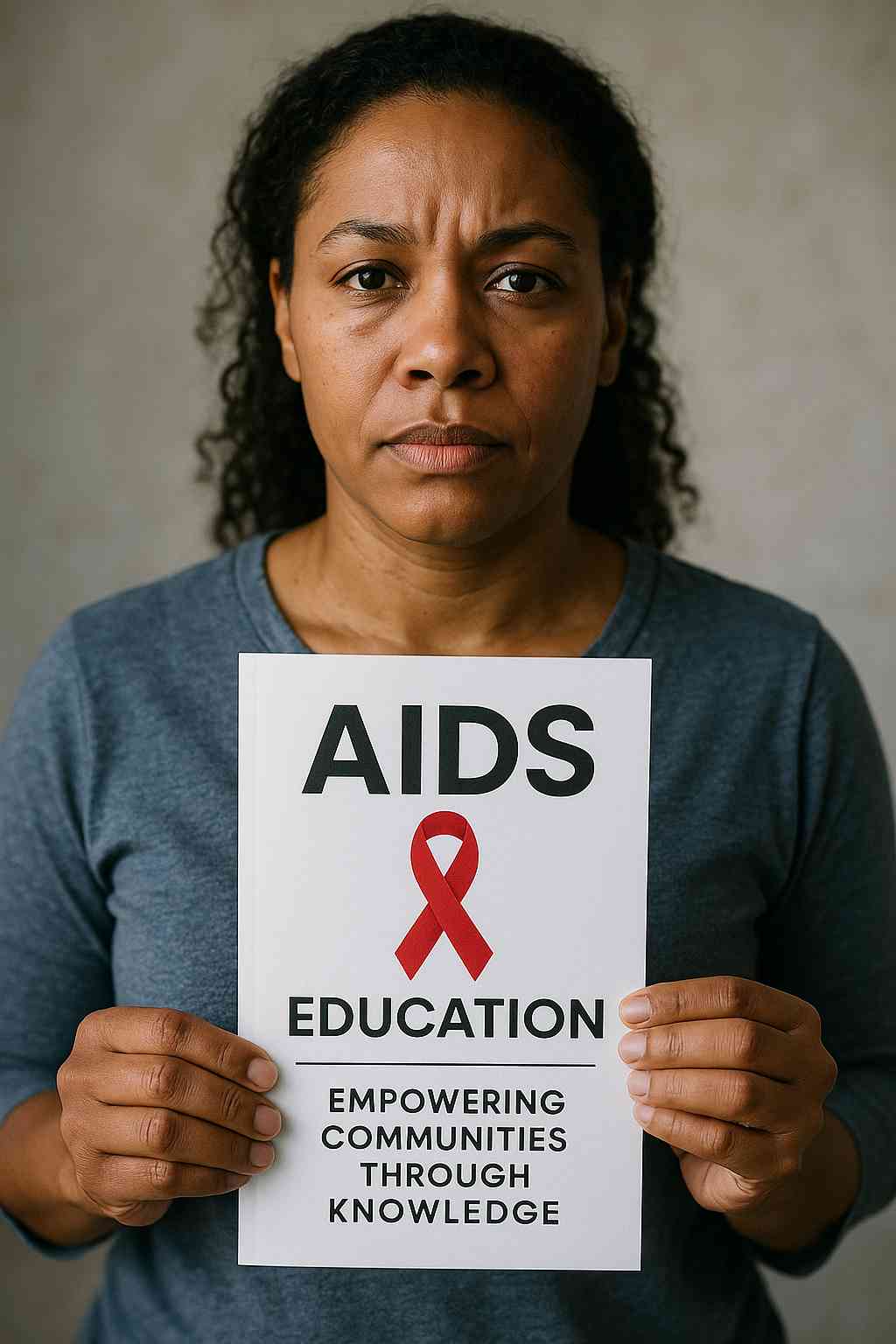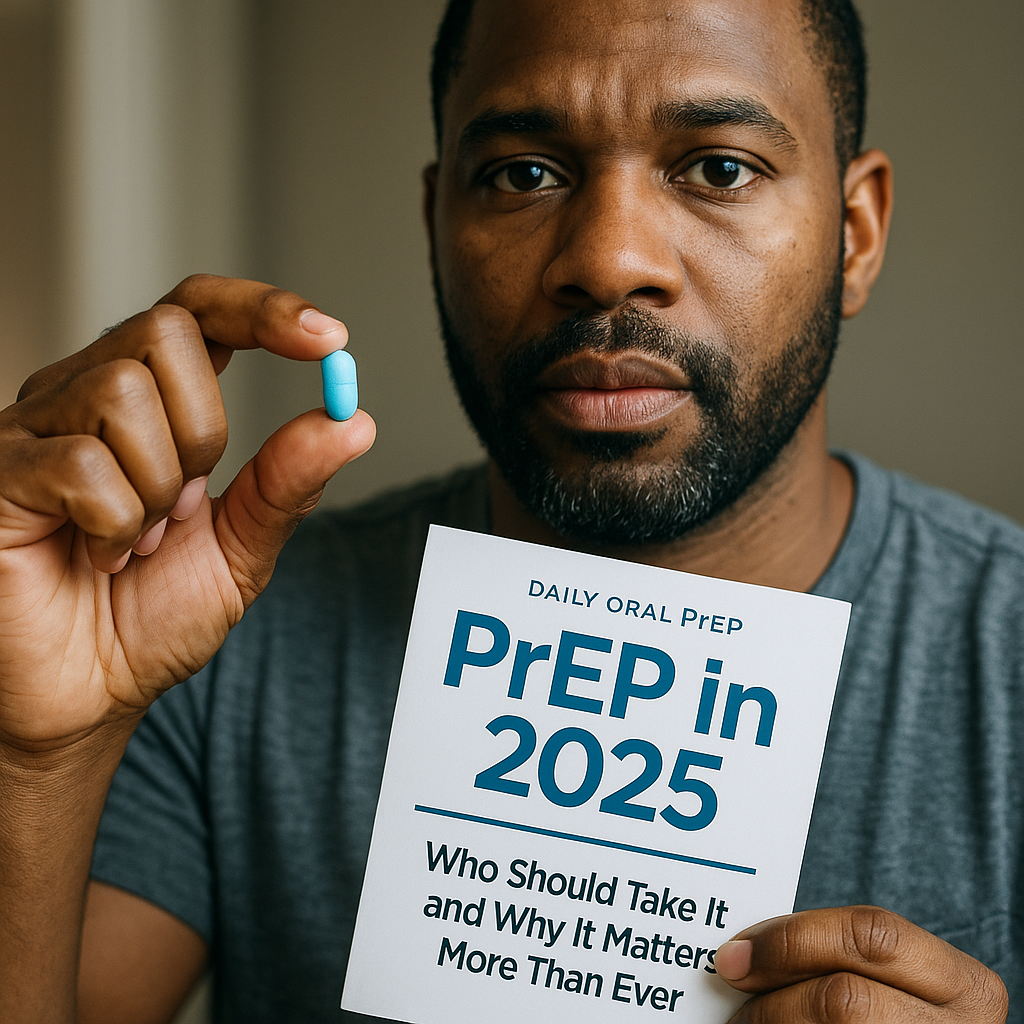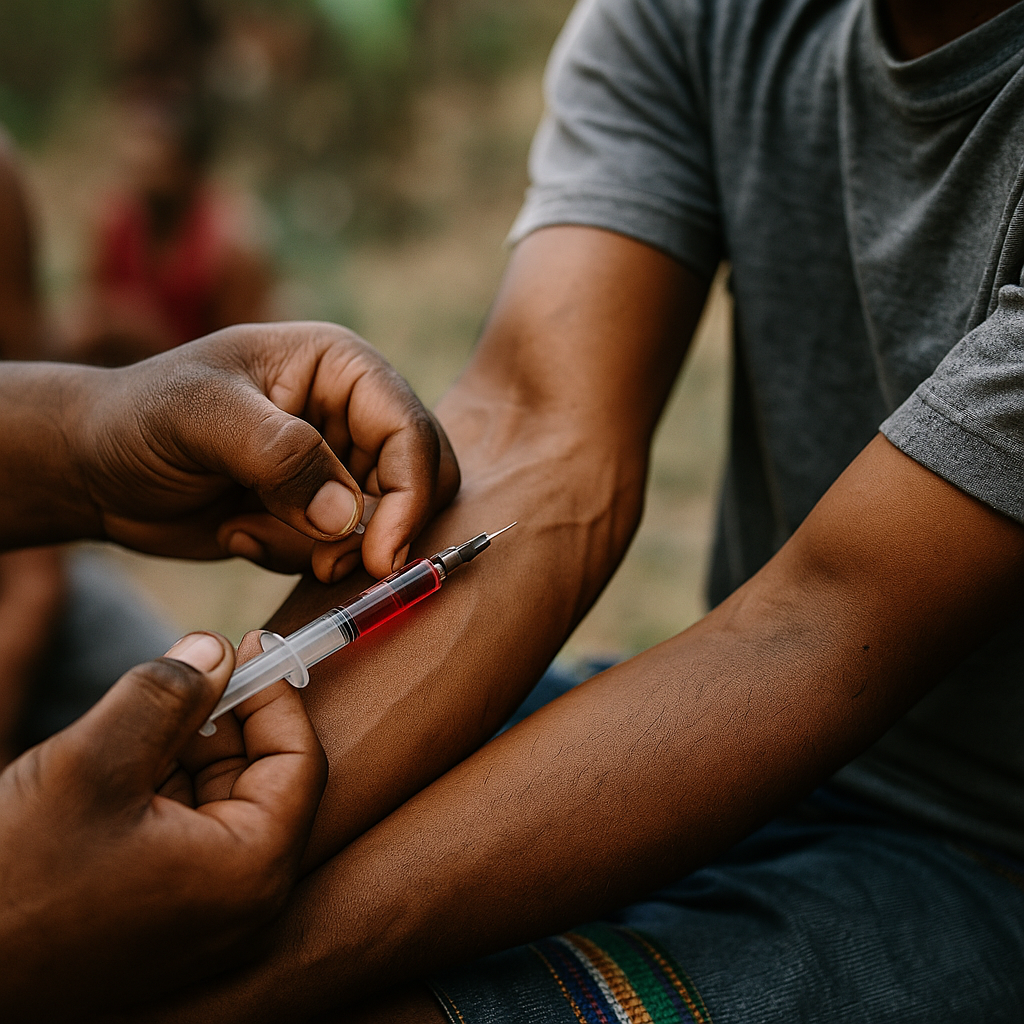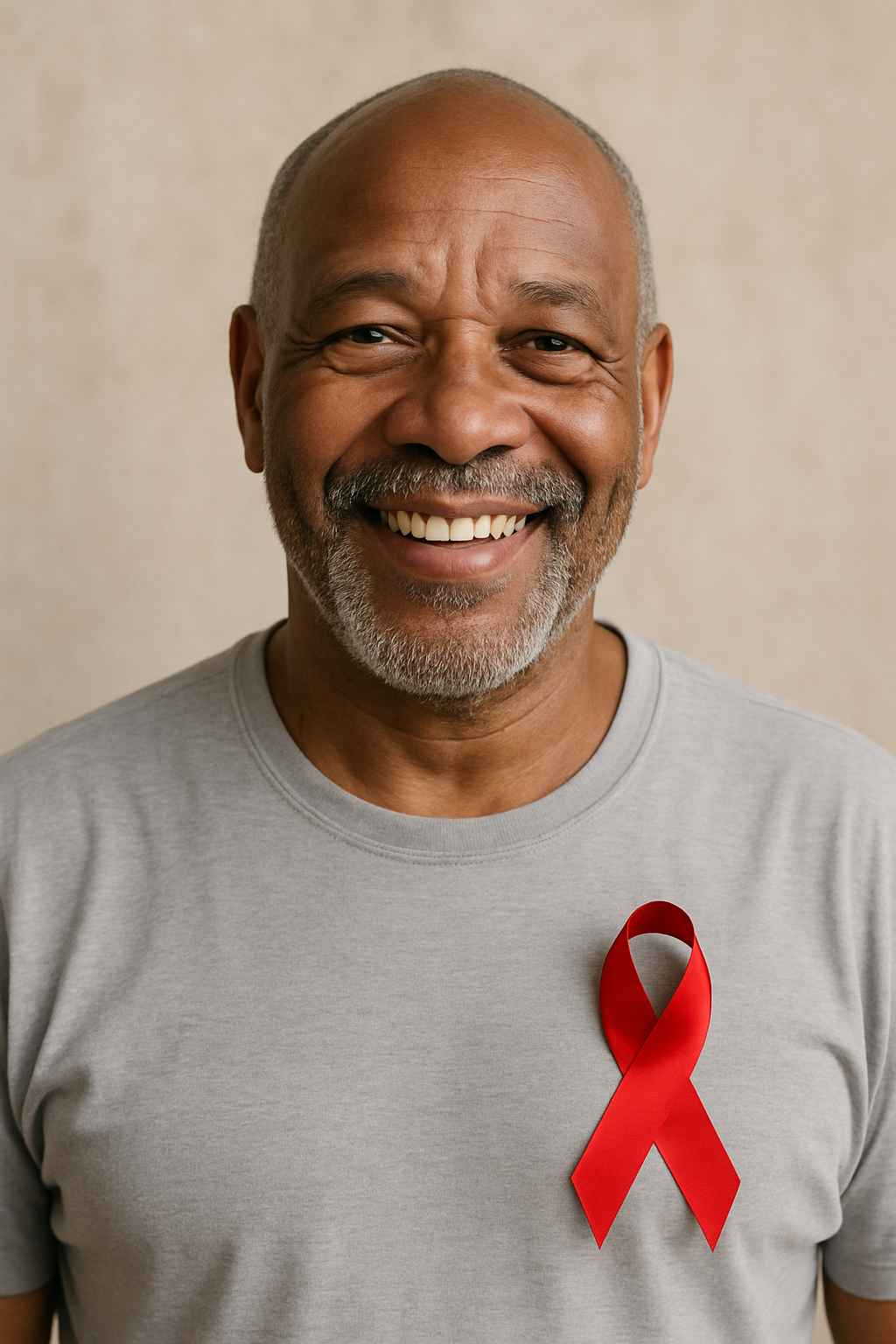Introduction
AIDS and HIV education is more than a classroom lesson—it’s a public health necessity. Imagine a world where every individual understands how HIV is transmitted, prevented, and treated. That knowledge could reduce stigma, encourage testing, and save lives. But despite decades of progress, education gaps still exist. In this article, we examine why AIDS and HIV education remains critical in 2025 and how it’s evolving to reach new generations and underserved communities.
Table of Contents
– Why AIDS and HIV Education Still Matters
– Core Components of Effective HIV Education
– Community-Based Strategies and School Programs
– Fighting Stigma Through Education
– FAQ
– Conclusion
Why AIDS and HIV Education Still Matters
Despite medical advances, millions of people remain uninformed or misinformed about HIV and AIDS. Myths about transmission, fear of people living with HIV, and low testing rates are common in many communities. AIDS and HIV education is the most powerful tool to change that.
According to UNAIDS, knowledge about HIV prevention remains uneven globally, especially in low-income areas and among youth. In the U.S., only 56% of high schools provide comprehensive HIV education. This lack of awareness contributes to rising infections in some regions.
Education fosters informed decision-making, encourages early testing, and reduces stigma. It is the foundation for a society that prioritizes empathy and science over fear and misinformation.
Core Components of Effective HIV Education
A strong AIDS and HIV education program includes clear, factual information about:
– What HIV and AIDS are
– How HIV is transmitted and prevented
– The importance of regular testing
– The role of antiretroviral therapy (ART)
– Stigma and the rights of people living with HIV
Interactive learning, culturally sensitive materials, and age-appropriate language all make a difference. Programs should reflect the realities of the communities they serve—whether urban high schools or rural community centers.
Digital tools are expanding access too. Mobile apps, videos, and social media campaigns now complement traditional education methods, making HIV information more accessible and engaging for younger audiences.
Community-Based Strategies and School Programs
Some of the most successful AIDS and HIV education efforts happen outside the classroom. Community health workers, peer educators, and local leaders often lead outreach efforts in high-risk populations.
For example, programs targeting LGBTQ+ youth, people who inject drugs, or migrant communities use tailored messaging and safe spaces to address unique challenges. These groups benefit from inclusive, non-judgmental educational settings.
Schools also play a crucial role. When educators are equipped with the right materials and support, students gain not only facts but also values like respect and empathy. Implementing evidence-based curricula like “HealthSmart” or “Get Real” has shown positive impacts on knowledge and behavior.
You can explore education advocacy tools and support at Healthcare.pro and learn how organizations drive policy change to improve curriculum access.
Fighting Stigma Through Education
Stigma thrives where ignorance exists. AIDS and HIV education isn’t just about health—it’s about human dignity. Teaching people that HIV cannot be transmitted through casual contact helps dispel fear.
It also empowers people living with HIV to speak openly and live confidently. Educated communities are less likely to discriminate in schools, workplaces, and healthcare settings.
Programs that include the voices of people with HIV are especially impactful. Hearing real-life stories builds empathy and helps break down harmful stereotypes.
Collaborations with media, influencers, and public health organizations can amplify messages to wide audiences. Campaigns like U=U (Undetectable = Untransmittable) have changed public understanding by making science relatable and empowering.
FAQ
What age should AIDS and HIV education start?
Ideally, education should begin in middle school with age-appropriate content and continue into high school and beyond.
Is HIV education required in schools?
Requirements vary by state and country. In the U.S., not all states mandate comprehensive HIV education, though public health groups strongly recommend it.
Can education reduce HIV infections?
Yes. Studies show that comprehensive sex and HIV education significantly lowers risk behaviors and increases testing and treatment uptake.
Does HIV education include emotional support?
It can. The most effective programs integrate mental health awareness and reduce stigma by promoting open, respectful discussions.
Where can I find online HIV education resources?
Check trusted sources like www.ehealthcaresolutions.com, CDC, and Healthcare.pro for digital tools, lesson plans, and videos.
Conclusion
AIDS and HIV education is one of the most powerful tools in our public health arsenal. It prevents infections, reduces fear, and builds inclusive communities. By investing in updated, culturally relevant programs and embracing new technologies, we can reach more people than ever before. Knowledge saves lives—and in the fight against HIV and AIDS, education is everything.
This content is not medical advice. For any health issues, always consult a healthcare professional. In an emergency, call 911 or your local emergency services.




